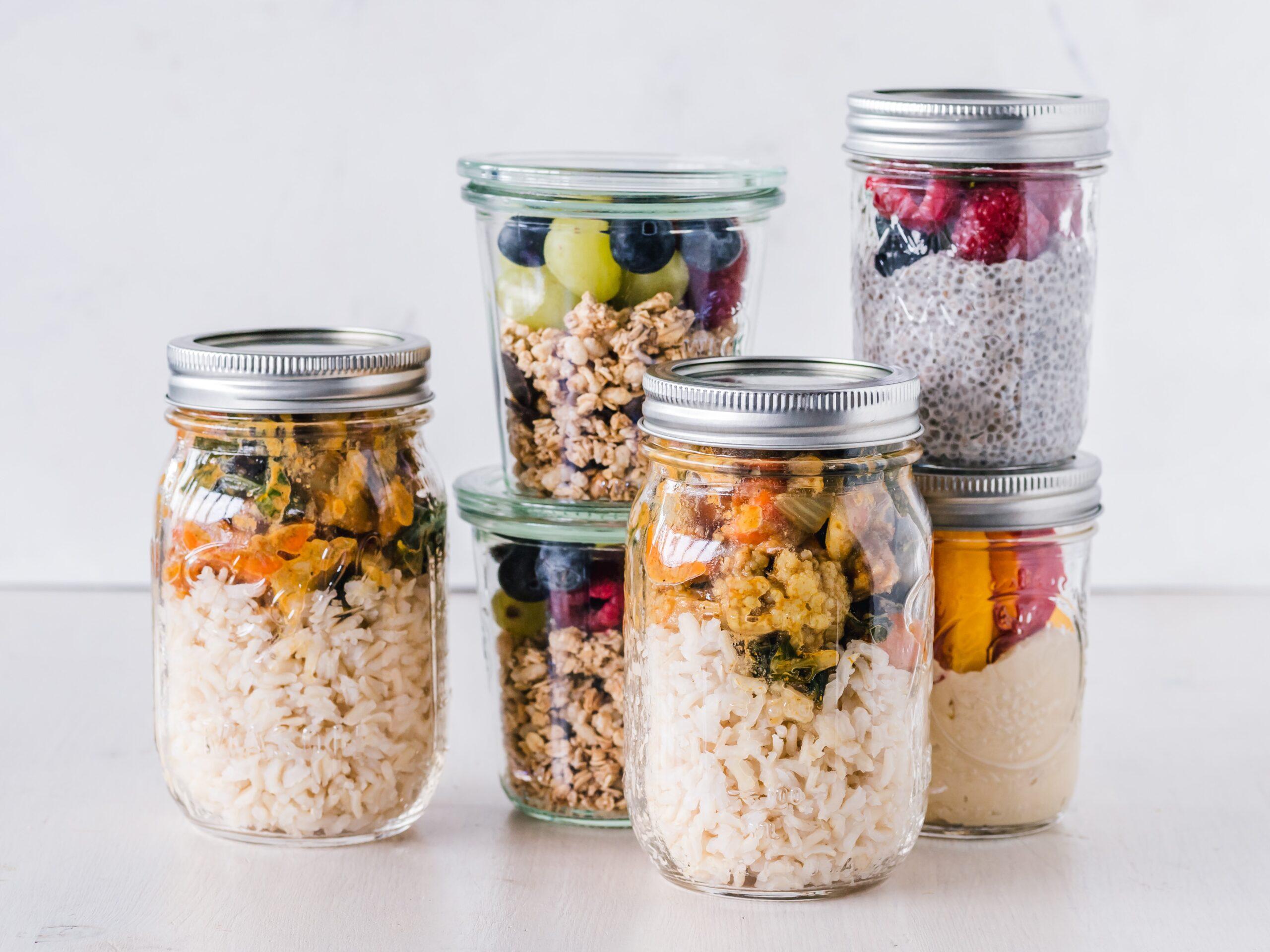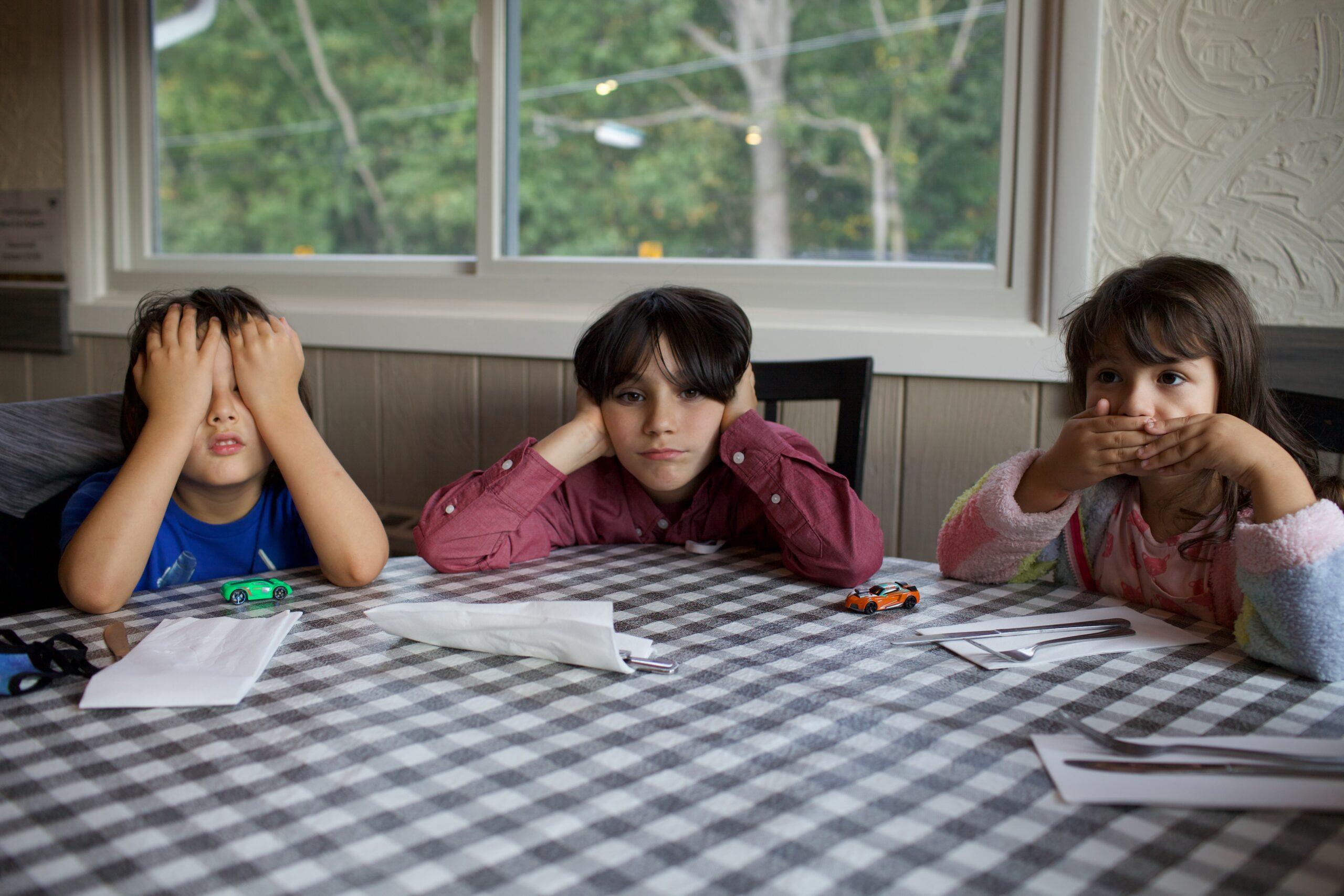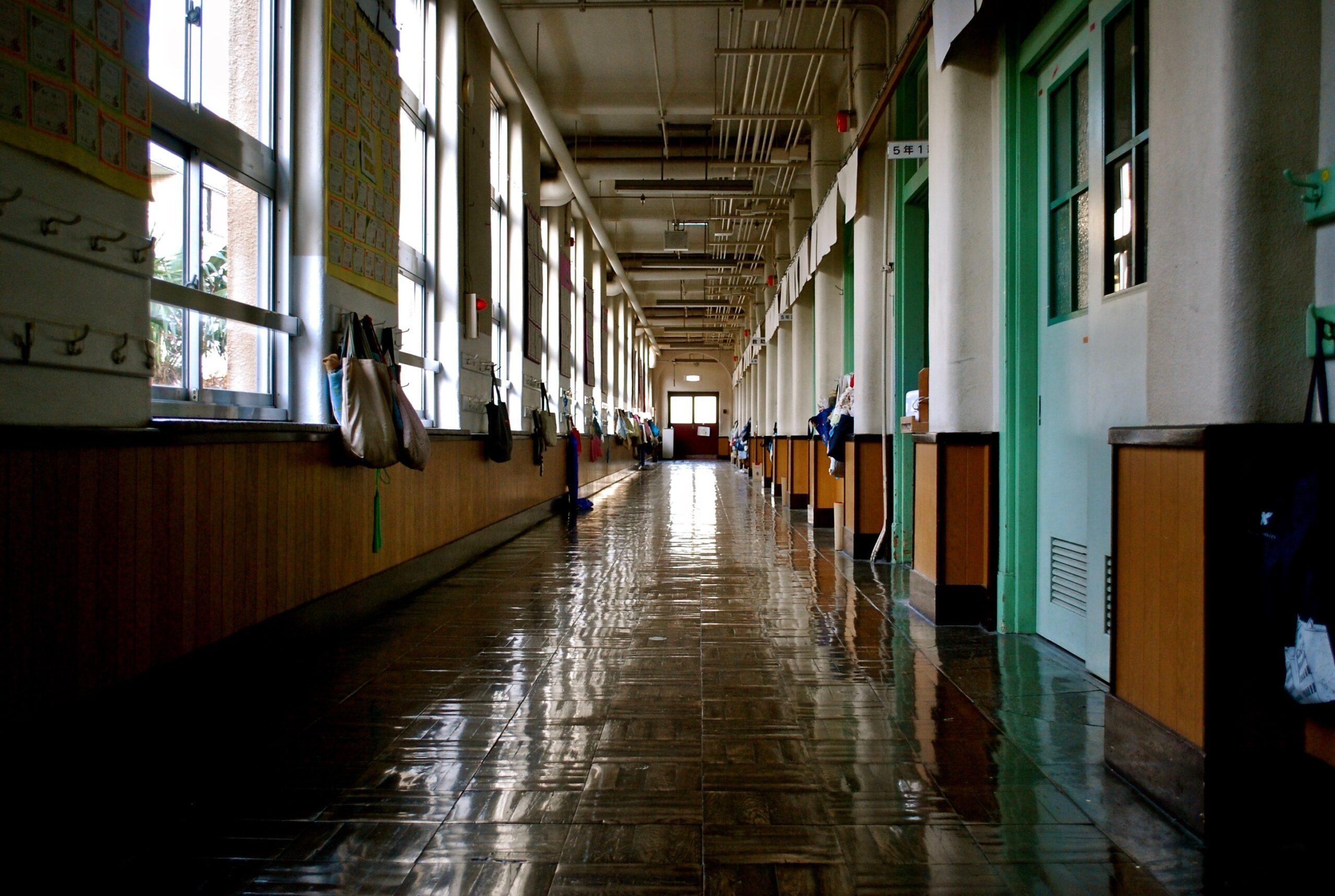Every morning, more than 79 million students across the United States cram multiple textbooks, school supplies, lunches, gym clothes and electronics into backpacks and journey off to class. Researchers report that backpacks can weigh more than 40 percent of a child’s body weight. Imagine a 60-pound child carrying a backpack that weighs 24 pounds.
Heavy loads can cause low back pain, which often lasts through adulthood. According to the U.S. Consumer Product Safety Commission, in 2010, nearly 28,000 strains, sprains, dislocations and fractures from backpacks were treated in hospital emergency rooms, physicians’ offices and clinics.
The amount of time carrying a bag, the distance walked, inadequate distribution of weight in the carryall and poor placement of items are all contributing risk factors for discomfort and possible injury. Other common side effects include fatigue, muscle soreness, musculoskeletal pain in the lower back, respiratory problems, brachial plexus lesion— damage to the network of nerves that sends signals from the spine to the shoulder, arm and hand— and winged scapula, or shoulder damage.
The risk of injury is so great that the American Occupational Therapy Association is raising awareness of the danger by marking the third Wednesday of September as National School Backpack Awareness Day. On this day, thousands of students, educators, parents and health professionals hold backpack weigh-ins, checkups, activities and special events.
Luckily, preventing discomfort and pain is simple. Heed the following advice to keep kids safe while toting materials to and from school.
Choose the Correct Size
When shopping for a new backpack, look beyond the hot pink color or Spider-Man design and opt for one that’s the correct size for your child. The height of the bag should extend from approximately two inches below the shoulder blades to waist level, or slightly above the waist. This positions the load on the strongest part of the back. Ensure shoulder straps and the back of the backpack are well-padded. Also, look for bags that have chest and hip straps for added support.
Ensure Comfort
The heaviness of the backpack is not the only thing contributing to comfort. To maintain proper spine alignment, always wear straps on both shoulders to evenly distribute the weight. Load the heftiest items closest to the child’s back and balance materials so the child can easily stand up straight. Encourage your young scholar to use chest and hip straps— if the backpack has them— to improve balance and take some strain off sensitive neck and shoulder muscles.
Check the Inside
Make sure the child’s backpack weighs no more than 10 percent of his or her body weight. Remember this as the 10-percent rule. If it’s more, determine which supplies may stay at home or at school each day to lessen the load. For example, pack empty water bottles to fill at school.
If the backpack is still too heavy, consider a bookbag on wheels. Some school districts encourage these types of bags, whereas others do not. Therefore, be sure to check with your school’s administrators before making a new purchase.
Important Backpack Points for Students
- Buckle chest and hip straps.
- Adjust above your rear.
- Wear backpack straps on both shoulders.
- Avoid packing unnecessary items.
- Pick padded shoulder straps.
- Arrange items by weight— heaviest to lightest.
- Carry empty water bottles to school.
- Mind the 10-percent rule.




